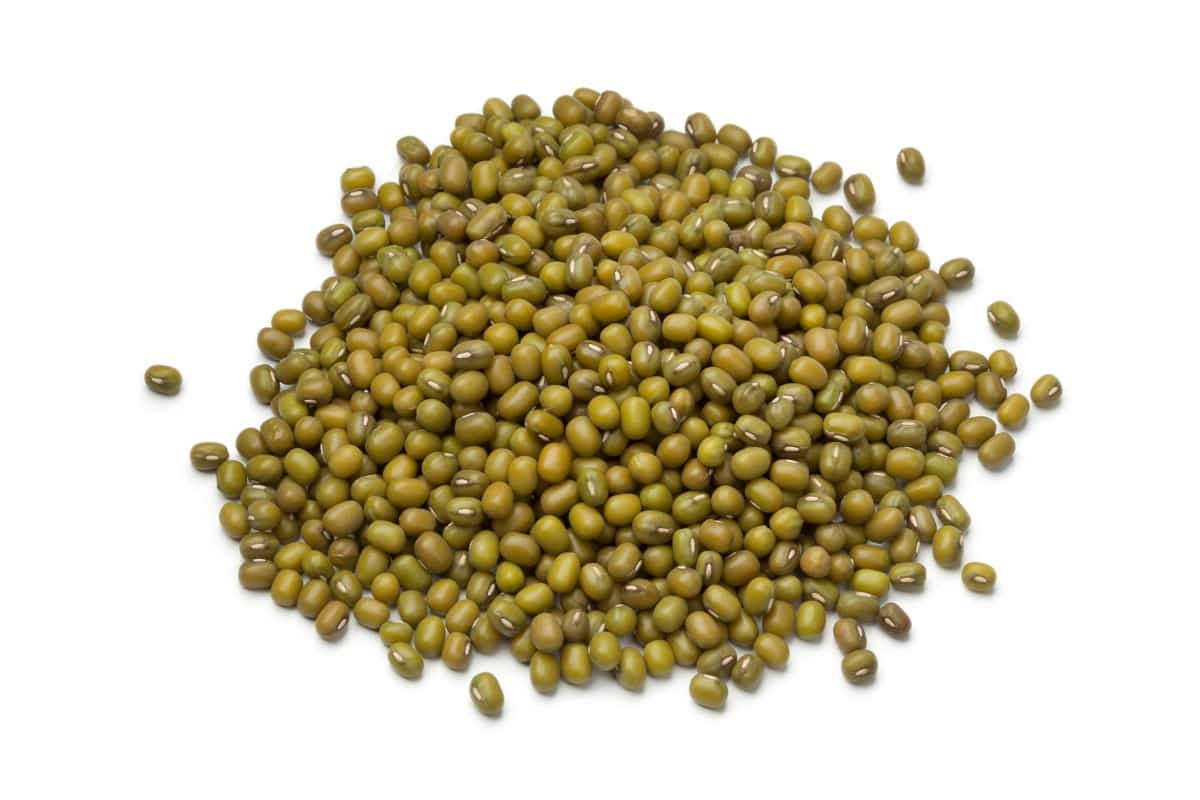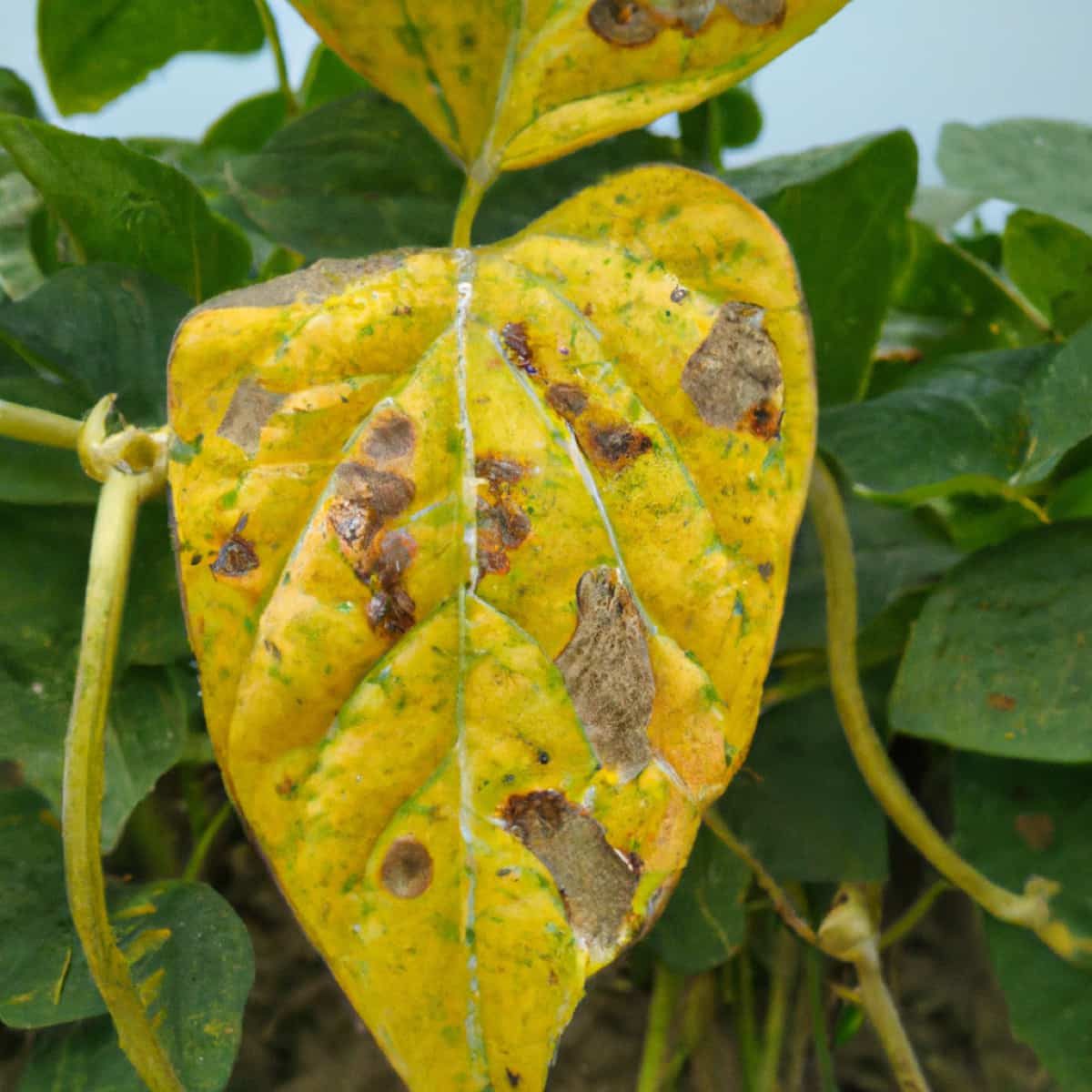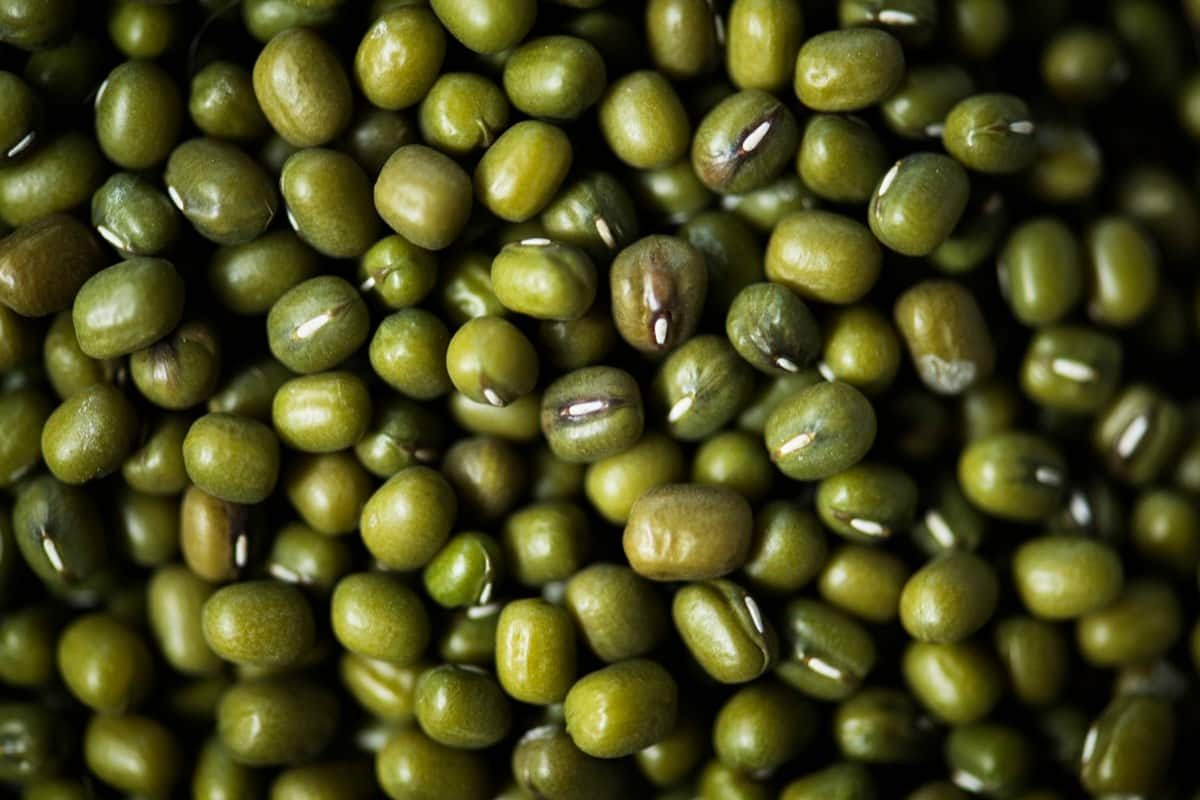Yellow Mosaic Disease (YMD) is a severe viral disease that affects green gram (Vigna radiata), an essential legume crop cultivated in tropical and subtropical regions of the globe. The disease is caused by a single-stranded DNA virus called Mungbean yellow mosaic India virus (MYMIV), transmitted by persistent, circulative whiteflies (Bemisia tabaci). The virus infects the plant’s phloem tissue, causing yellow mosaic symptoms on the foliage, stunted growth, and decreased yield. The disease can yield up to 100 percent losses, particularly if it infects seedlings.

The first reported case of YMD occurred in India in the early 1970s. Since then, the disease has spread to Pakistan, Bangladesh, Thailand, Myanmar, Indonesia, and the Philippines. The disease has become a significant impediment to the production of green gram, and its management is essential for producing sustainable crops.
Several management techniques can be utilized to manage YMD. Utilizing resistant varieties is one of the most efficient methods. Several green gram varieties with resistance to MYMIV have been developed, and their cultivation can substantially reduce the disease’s incidence and severity. Additionally, cultural practices such as opportune sowing, crop rotation, and weed control can aid in reducing the incidence of disease. Whiteflies, the virus’s vector, are susceptible to chemical control via insecticides.
Yellow Mosaic Disease Management in Green Gram
Causal organisms of Yellow Mosaic Disease
Yellow Mosaic Disease (YMD) in green gram is caused by the Mungbean yellow mosaic virus (MYMV) and Mungbean yellow mosaic India virus (MYMIV), depending on the geographic location. Both viruses belong to the genus Begomovirus, the family Geminiviridae. They have a unique, bipartite genome consisting of two circular single-stranded DNA molecules, DNA-A and DNA-B, encapsidated in geminate virus particles.
Disease Cycle of Yellow Mosaic Disease
Yellow Mosaic Disease (YMD) in green gram depends upon the transmission of the virus by Bemisia tabaci. During the feasting, the whitefly acquires the virus from infected green gram plants and then transmits it to healthy plants. Under favorable conditions, the disease can swiftly spread and result in substantial yield losses.
Summer-planted legumes are especially vulnerable to YMD. In addition to the green gram, several weed hosts, such as Croton sparsiflorus, Acalypha indica, and Eclipta alba, can function as a virus reservoir, thereby increasing the risk of infection.
Causes/Conditions Favorable for Yellow Mosaic Disease in the Field
Aphis gossypii can spread semi-persistent Yellow Mosaic Disease (YMD) in green gram. Warm summers boost aphid activity and reproduction, which can help spread the virus in the field. Thus, aphid frequency and activity affect YMD in green gram crops.
In case you missed it: Cercospora Leaf Spot Management in Green Gram: Symptoms, Identification, Treatment, Chemical, Biological, Natural, and Organic Control

Symptoms of Yellow Mosaic Disease
- Initially, small yellow patches or spots appear on young leaves
- Symptoms progress to bright yellow mosaic or golden yellow mosaic patterns on leaves
- Younger leaves may undergo chlorosis, lose their green color, curl downward, or turn paper white.
- Yellow discoloration spreads, and entire leaves turn yellow
- Infected plants mature later and produce fewer flowers and pods
- Pods are small and distorted
- Early infection can result in plant death before the seed set
- More prevalent on black gram than on green gram
- Late maturity and reduced flower and pod production
- Small, yellow-colored seeds on infected plants
Yellow Mosaic Disease Yield loss in Green Gram
Yellow Mosaic Disease (YMD) can reduce green gram yields in susceptible genotypes. In susceptible genotypes, yield losses can reach 85%, and if infected at the seedling stage, 100%. YMD, a new disease in green gram, is spreading rapidly, raising concerns about its impact on crop production and food security.
Yellow Mosaic Disease Management in Green Gram by Cultural Method
- Grow-resistant green gram varieties like VBN 4, VBN 6, VBN 7, Pant Moong-3, Pusa Vishal, Basanti, ML-5, ML-337, PDM-54, and Samrat.
- Use yellow sticky traps at a rate of 12 per hectare to monitor or mass-catch the whiteflies.
- Remove infected plants for up to 45 days and regularly rogue out the weeds serving as host plants for the virus.
- Increase the seed rate to 25 kg/ha.
- Cultivate the crop during the rabi season.
- Follow mixed cropping by growing two rows of maize (60 x 30 cm) or sorghum (45 x 15 cm), or cumbu (45 x 15 cm) for every 15 rows of a black gram or green gram.
- Avoid planting summer-sown crops as they are highly susceptible to the disease.
Yellow Mosaic Disease Management in Green Gram by Biological Method
Biological control measures for Yellow Mosaic Disease management in green gram include using bio-agents such as Beauveria bassiana, Trichoderma spp., and Pseudomonas fluorescens. These bio-agents help to reduce whitefly populations and also improve plant health.
Yellow Mosaic Disease Management in Green Gram by Chemical Method
- Foliar sprays with insecticides such as cypermethrin, deltamethrin, or dimethoate can effectively reduce the population of whiteflies, which serve as vectors for the disease.
- Border crops surrounding the field, such as maize, sorghum, and pearl millet, can also be treated with insecticides to reduce the whitefly population.
- Additionally, seed treatment with insecticides such as Dimethoate or Imidacloprid at 5 ml/kg can protect the seedlings from the virus.
Yellow Mosaic Disease Management in Green Gram by Organic/Natural Method
- Managing Yellow Mosaic Disease (YMD) in green gram through organic or natural methods can be challenging as there is no biological control for viral diseases.
- Neem oil: Applying neem oil to the crop can help control whitefly populations responsible for spreading the virus.
In case you missed it: Rust Management in Green Gram: Symptoms, Identification, Treatment, Chemical, Biological, Natural, and Organic Control

Preventive Measures for Control of Yellow Mosaic Disease
- Plant-resistant varieties: Using YMD-resistant or tolerant varieties, if available in your area, can help reduce the disease’s severity.
- Use border crops: Growing border crops like sorghum, maize, or pearl millet around the field can create a barrier and limit the spread of the disease.
- Regularly monitor and remove infected plants: Regularly checking the field for YMD symptoms and removing infected plants can help prevent the disease’s spread to healthy plants.
- Use yellow sticky traps: Using yellow sticky traps can help to monitor and catch whiteflies, which are responsible for spreading the virus.
- Beneficial Insects in Pest Management
- Natural Solutions for Pest Control in Flower Gardens
- Types of Fungicides Used in Agriculture
- Common Issues in the Fruit Development Stage of Pomegranate Farming
- Fruit Development Issues in Papaya: Easy Solutions and Treatment
- Soil-Borne Diseases and How to Protect Your Plants
- Practices to Prevent Disease Spread in the Garden
- From Wilted to Thriving: How to Treat Root Rot Naturally in Houseplants
- Natural Remedies to Cure Brown Spots on Fig Tree Leaves